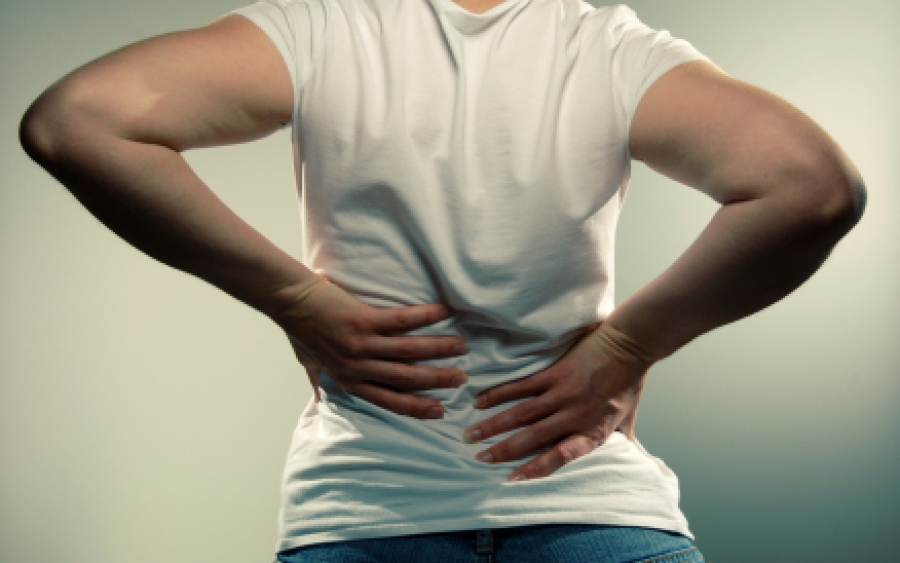Most of us experience some kind of back pain at some point in our lives. Many even suffer from such chronic pain and miss days off work because of it. Wouldn’t it be nice to be able to do something about that nagging pain yourself? The DORN Method empowers you to help yourself. The method is named after its German founder, Dieter Dorn who developed the technique more than 30 years ago. It has been a popular treatment in German speaking countries for decades, but it has only recently come to England as well.
The technique is called method rather than therapy, as it is a gentle “fix in motion” method that can be controlled by the client. The client helps the practitioner by swinging a leg or the arms or moving the head depending on the area that is worked on. The movement “distracts” the muscles so they cannot resist the correction done by very gentle pressure of the thumb against the spine. It’s a gentle, effective and safe treatment, free of unpleasant side effects.
The DORN Method is based on the idea that one leg – even if it is only very slight – is longer than the other, this can misalign or twist the hip and that again may have a knock-on-effect on the spine to cause back discomfort. Therefore every treatment starts with a test for even leg lengths. If this fails, the ankle, knee and/or hip might be misaligned and will be treated first. Then the sacro-iliac area will be looked at and may need to be treated before moving on to the whole of the spine (lower, middle and upper back as well as the neck).
What sets this unique technique apart from others is that every step of the “therapy” can be shown to the client to do at home for self-help without assistance. This allows the person to stabilise if not even further improve the situation in between sessions and to manage the pain. Although a course of 3-6 treatments is recommended, a single treatment can often do a lot for the client. The DORN Method is particularly good for someone who suffers from back pain, neck pain, headaches or migraines, joint pain, sciatica or scoliosis.

